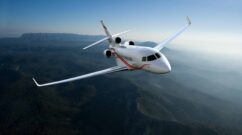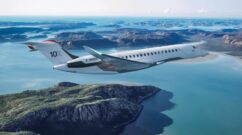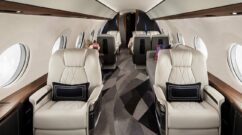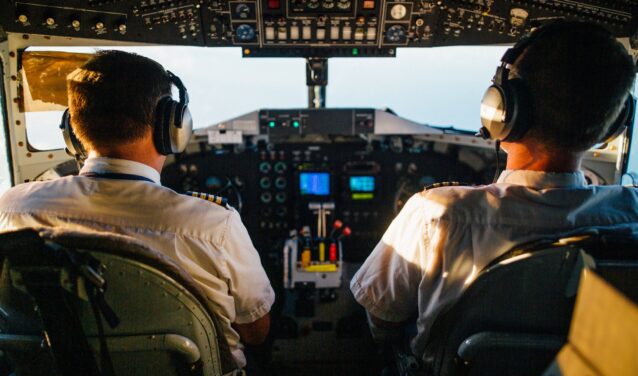How do I become a private jet pilot? That’s the question many enthusiasts are asking themselves. Whether you’re 13, 20, 35 or older, you can start preparing for your commercial pilot’s license right now. In this article, AEROAFFAIRES explains all the steps you need to follow to take off.
Why become a private jet pilot?
Whether you’re a young pilot in the process of perfecting your skills, an apprentice pilot or a complete novice, we’ve got the keys to success Here are the keys to success in learning to fly a private jet, starting with a few prerequisites:
Private jet piloting is a job with many responsibilities: in addition to transporting passengers or freight, you’ll be in charge of drawing up the flight plan, checking and preparing the aircraft, ensuring comfort and quality of service, and above all passenger safety.
It’s a job for the vast majority of passionate people, because it also involves sacrifice. Unlike airline pilots, you won’t receive your schedule a month in advance, but will often be called upon at the last minute, for example. This ability to fly on-demand is essential, and in short supply. This explains why the ultra-rich lack pilots for their private jets.
According to François-Valéry Vannimenus, pilot of the Citation 2 private jet, the skills required to be a good pilot include “being orderly, finding your way around easily in space, being open and listening to others”. You may also be required to be very discreet if transporting VIPs.
Last but not least, this is a physically demanding profession, both professionally and personally. Before starting any training procedure, make sure you are fit for the job by undergoing a class 1 medical examination. You’ll need to have this check-up regularly thereafter.
How do I become a private jet pilot?
Here’s some key information about training to become a private jet pilot:
Becoming a private jet pilot requires a professional license. The Commercial Pilot License (CPL) is the one that allows you to earn money by flying. It is obtained by validating 200 flight hours. At the same time, you need to pass thetheoretical ATPL, or “frozen ATPL”, which comprises 14 certificates.
These prerequisites enable you to start your career as a co-pilot (OPL). To become a captain (CBD), you’ll need to pass the practical ATPL, i.e. 1500 flight hours. Having your CPL is not enough, however, to take to the skies on most aircraft. For that, you need to pass additional qualifications, such as the night rating or instrument rating (IR), which enables you to fly in special weather conditions.
Finally, you’ll need to pass a type rating (QT) to specialize in a particular type of aircraft. The initial training of a pilot for private aviation is therefore the same as that of a pilot for commercial aviation. The difference lies in the additional qualifications required.Company regulations only authorize a maximum of three type ratings.
As a result, student pilots won’t need the additional MCC (multi-crew coordination) license required for airline pilots working with a crew.
Finally, if you feel like it, you can become a pilot-instructor yourself. This profession offers great career and development potential. You’ll start at €1,200/month and can earn up to €2,000-3,000/month for an FI-IRI-CRI (Flight Instructor – Instrument Flight Instructor – Class Instructor).
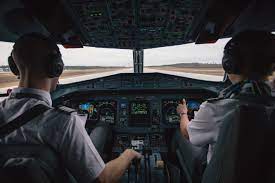
How does training work?
Pilot training: three main streams
There are three types of training leading to a pilot’s license. Candidates must have their baccalaureate and have completed two years of higher education, with some exceptions. The baccalauréat can be general, vocational or technological. Most interested students go on to scientific or engineering studies (CPEG, licentiates, DUT, BTS), before choosing training to become a pilot. There are three options:
-
- State training: this is free, but difficult to get into. It takes place at theÉcole nationale de l’aviation civile (ENAC).
- The military route: you can be recruited by the three armed forces (air, land and sea), either by passing a competitive examination after two years of preparatory classes (you’ll become a career officer), or just after your baccalauréat (you’ll become a contract officer). After 10 years of service, you can transfer to the private sector.
- Private training: there are many private pilot schools in France and abroad. You can also choose between two types of training. The first is “cadet” training ; some airlines offer to finance all or part of your training and then hire you. Air France is one such company, and this option is also offered abroad. The second is independent training. Independent training varies from airline to airline, and is very expensive. One of the advantages is that you can spread out your training by taking it in modules, if you wish.
And whatever course you choose, being a pilot is first and foremost a passionate profession.
What to do in the meantime?
Whatever your age, you can already start preparing yourself, for theory and/or practice.
You can take your Brevet d’initiation aéronautique (BIA) from the age of 13 to familiarize yourself with a few aeronautical stories and theories. Next comes the Brevet de pilote de base (basic pilot’s certificate) at age 15, during which you learn to handle a light aircraft. From the age of 16, you can take your Private Pilot’s License (PPL). This is a non-professional license, which allows you to validate 45 hours of flight time at any flying club, as well as obtaining the SPE rating (single-engine piston aircraft). Private pilot license programs also include several hours of flight simulator training.
Finally, to set yourself apart from the crowd, you can also take additional training courses as an operations officer or aeronautical technician, for example.
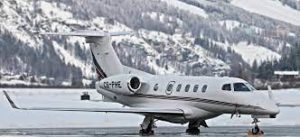
How much does a private jet pilot earn?
How much does a private jet pilot earn? We explain:
The salary you earn will depend on the airline you work for and your experience and seniority. At Air France-KLM, the salary ranges from €4,000 to €11,000 per month for a co-pilot, and up to €18,500 for a captain. The salary of a pilot in business aviation will generally be higher than that of an airline pilot in commercial aviation.

